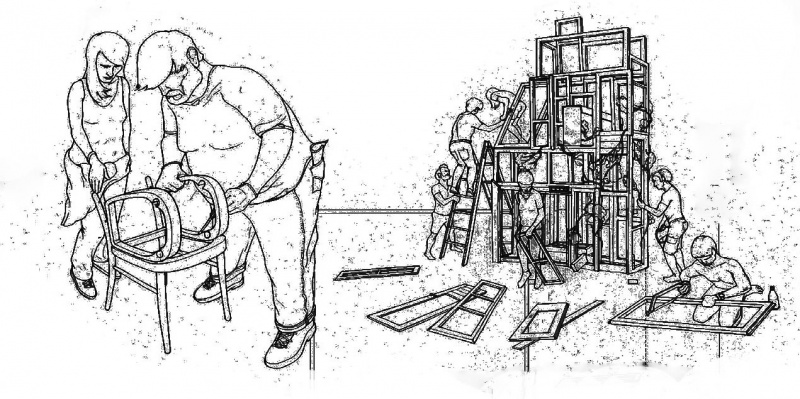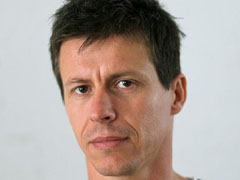"Tensions between politics and public-space planning are being exceeded by the self-organization of citizens, social interaction and new ways of production".
At the Museum of Architecture and Design (MAO), in Ljubljana, we are constantly asking ourselves how meaningful our work is. What is the role of the museum in today’s society and how can we support people’s efforts to create better and more equal living spaces? We are also aware that architects and designers are questioning how they can contribute —as professionals and individuals— to improvements in public space.More and more critical architectural practices are emerging that address public space with the objective of changing how people relate to each other. And a growing number of projects denotes how planners and developers are using processes that create conditions for the future physical transformation of spaces. These are projects focused on the regeneration of neglected everyday spaces; on their reorganization and possible new uses. The aim is to initiate change that goes beyond the physical appearance of these interventions and emphasizes the growing interest in the discourse about public space as one of the key political issues of our time.
It is increasingly important to understand how people are using, changing, occupying and defending public space. We have seen how the web and digital communication allow almost endless possibilities for people to connect and have an impact on public space. There are significant results from projects that are making public space in a new way, such as “do-it-yourself” (DIY) and “do-it-with-others” (DIWO). In this way, many small projects can be implemented and become catalysts for impact on a larger scale. Tensions between politics and public-space planning are being exceeded by the self-organization of citizens, social interaction and new ways of production. Through the "Europe City" programme, we were able to research these new dynamics of public space and hopefully contribute to a better understanding of the struggles behind the projects, which will lead to more and better public spaces in the future.
Matevž Čelik




